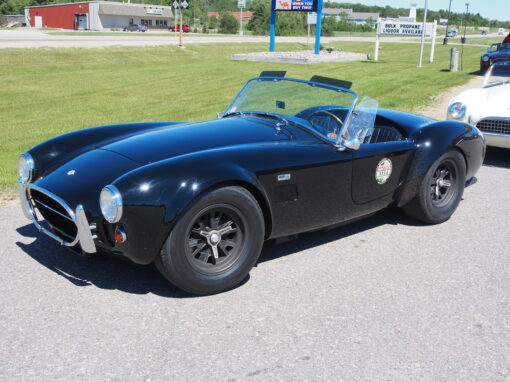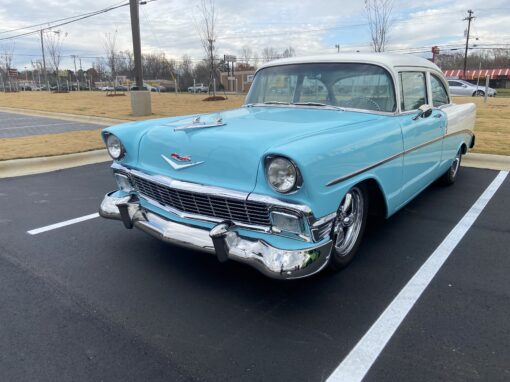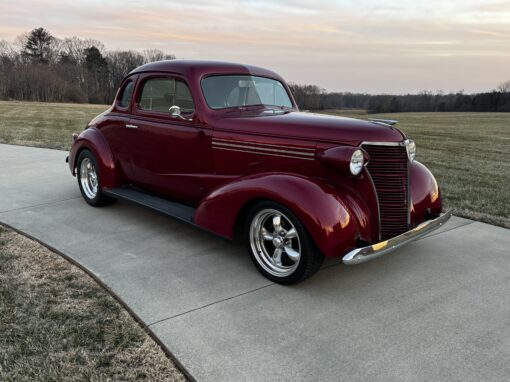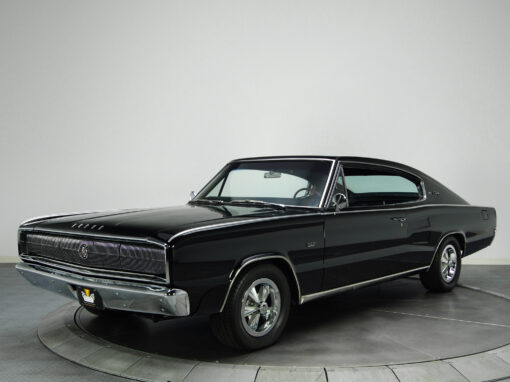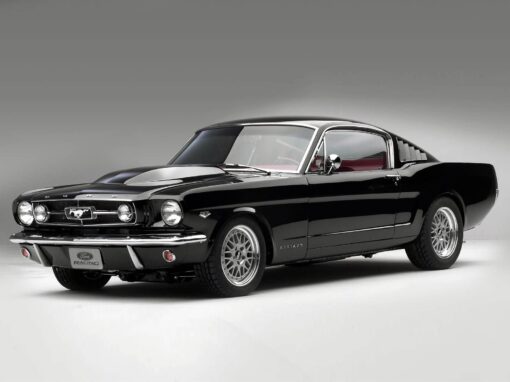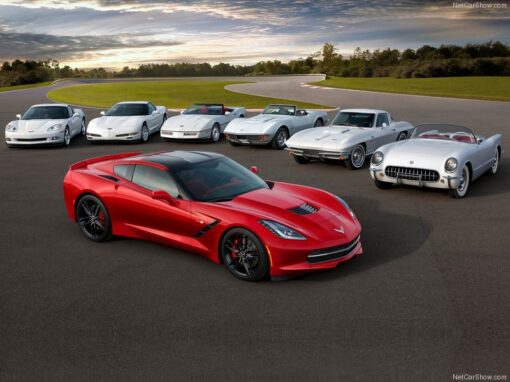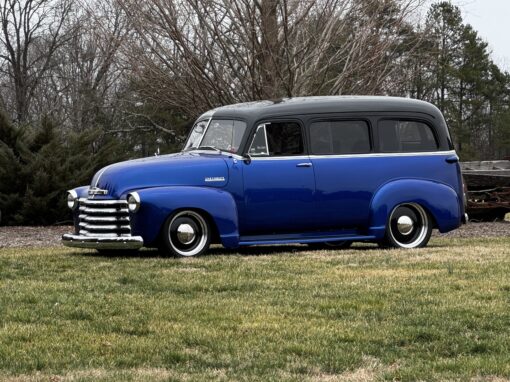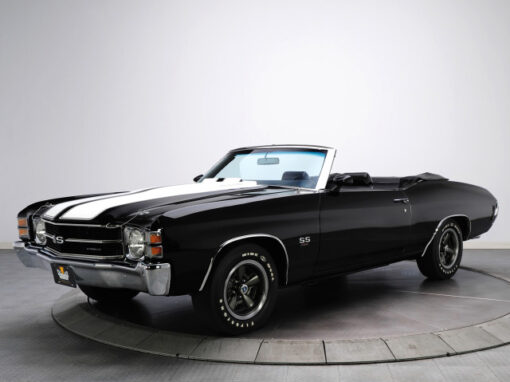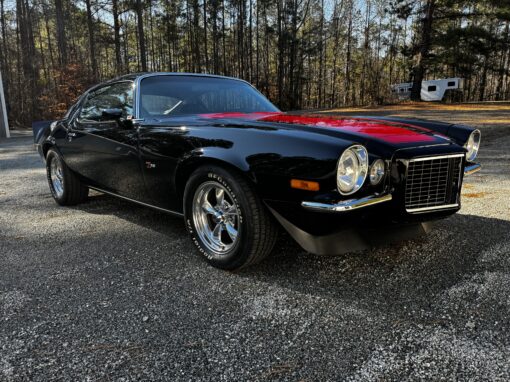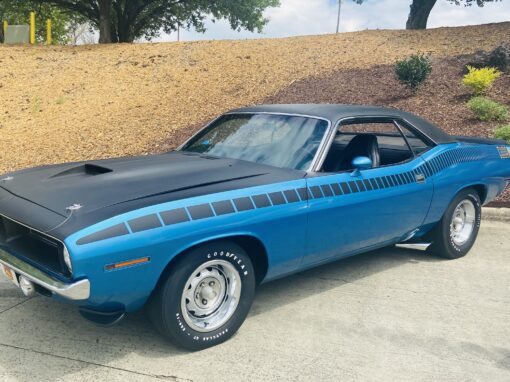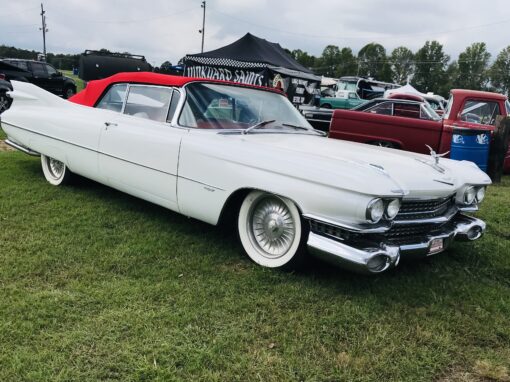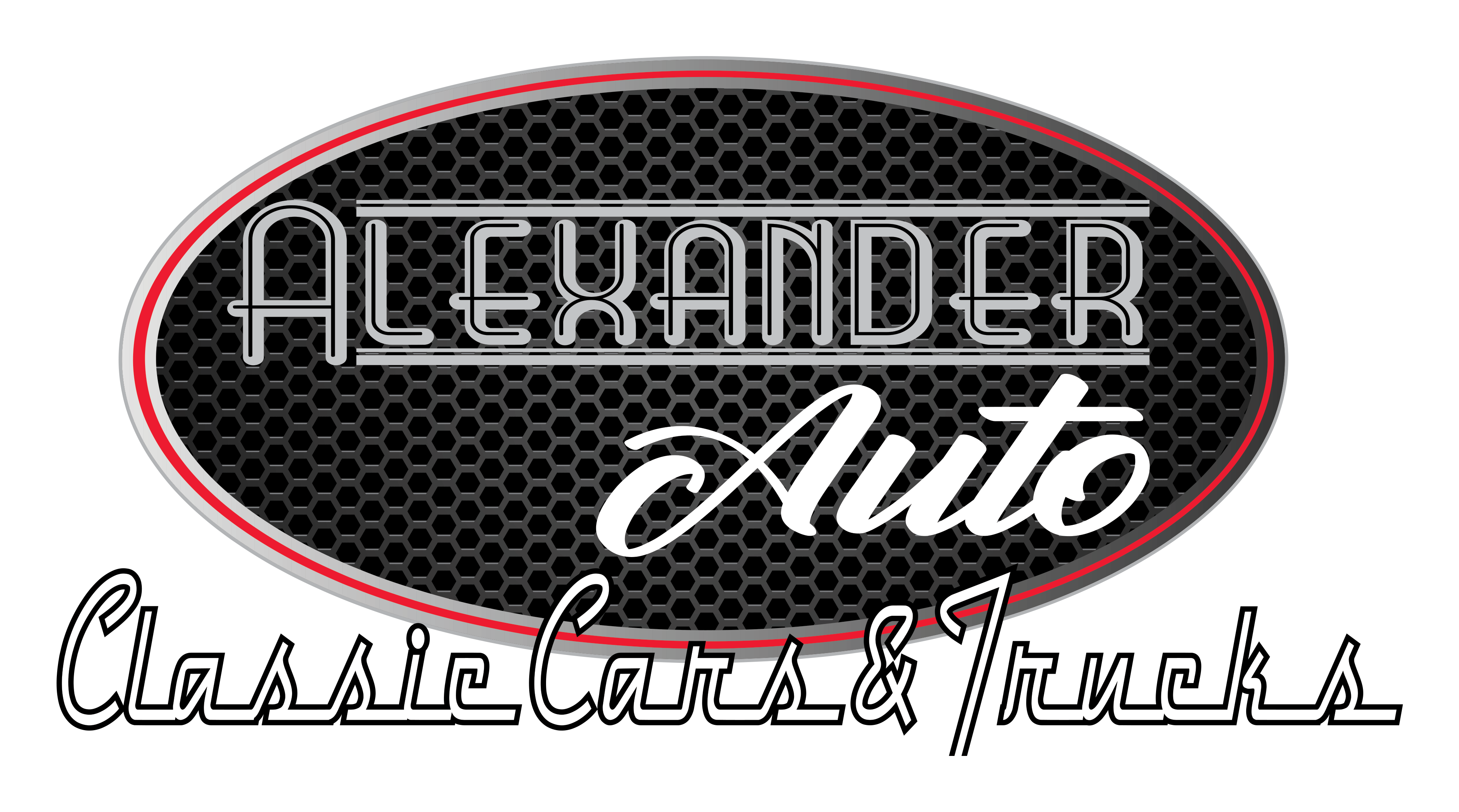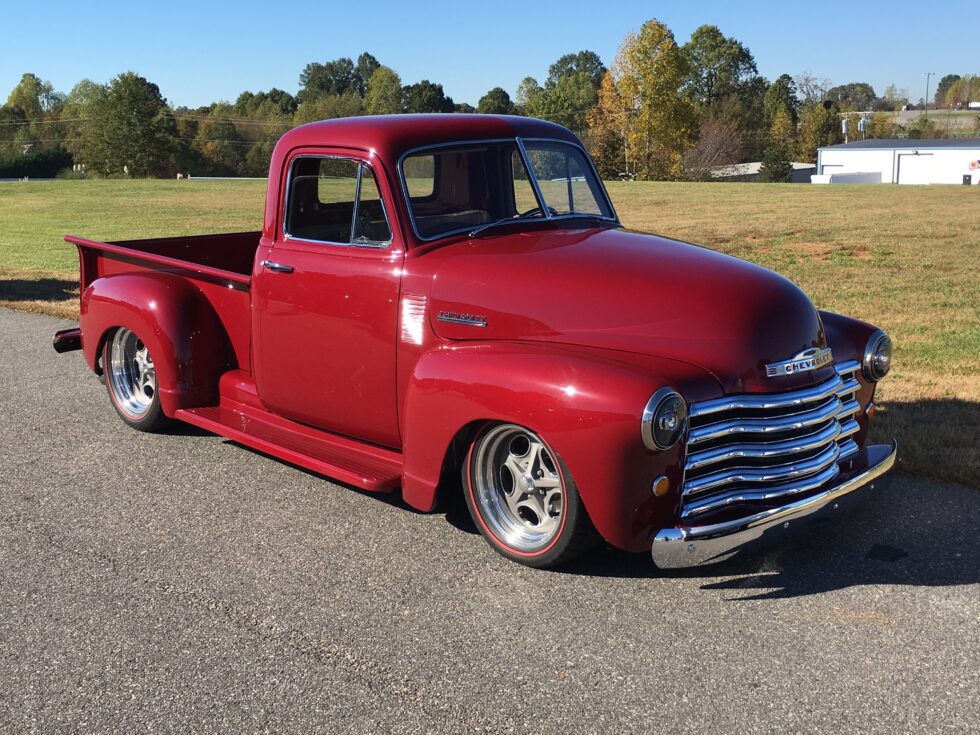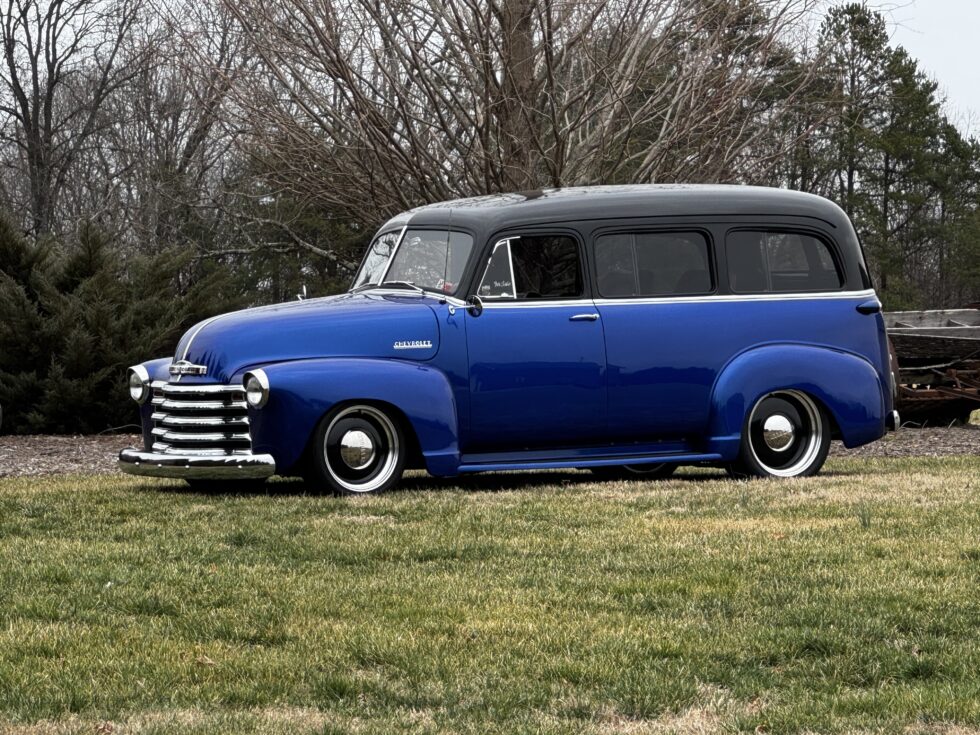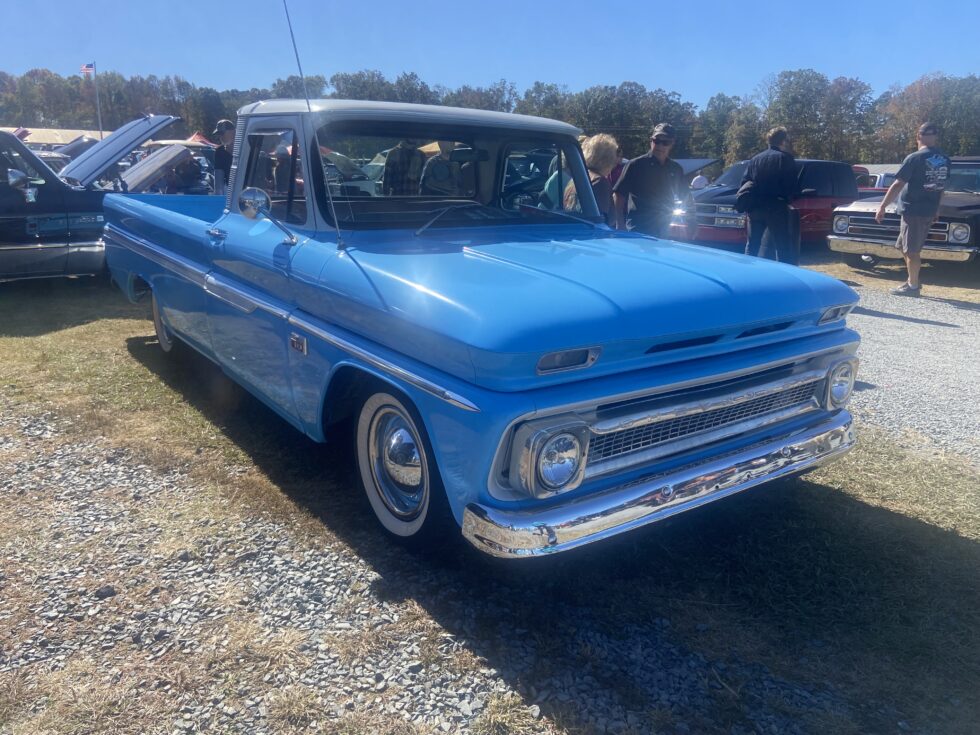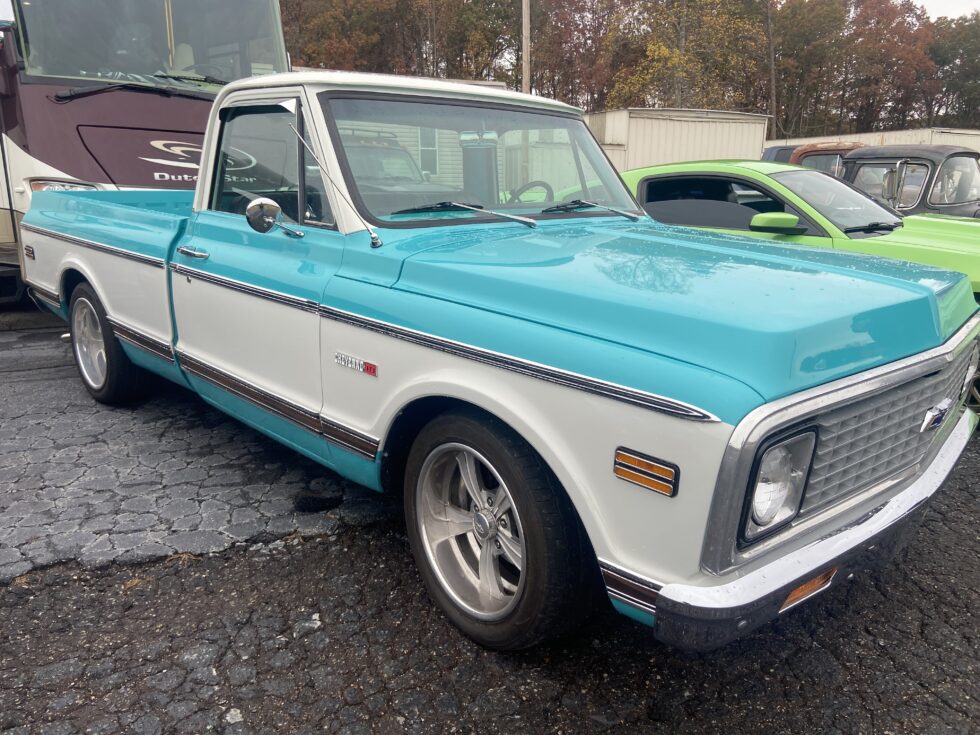1949–1959: Postwar Innovation and Strength
After World War II, Chevrolet and GMC capitalized on America’s booming economy and need for durable vehicles.
Chevrolet launched its Advance Design trucks (1947–1955), which became the best-selling trucks in America for years. They featured bigger, more comfortable cabs, a sleeker design, and improvements like a “five-window” cab for better visibility.
GMC, GM’s commercial truck division, shared much of Chevy’s engineering but often used different engines (sometimes Pontiac or Oldsmobile-based) and heavier-duty components, reinforcing its identity as a more rugged, professional-grade brand.
In 1955, the Chevy Task Force series replaced Advance Design, introducing V8 engines, 12-volt electrical systems, and stylish wraparound windshields. GMC’s version followed suit but remained slightly more work-focused.
1960–1966: Modernization and Versatility
In the early ’60s, both brands pivoted towards greater comfort and passenger-truck crossover appeal. 1960 brought fully redesigned pickups with independent front suspension — a big leap for ride quality. New body styles like the C/K Series (C for 2WD, K for 4WD) debuted, standardizing GM truck platforms.
GMC often used larger engines than Chevy and promoted diesel options for heavier-duty use.
Features like coil-spring rear suspensions (for lighter trucks) gave Chevy and GMC a smoother ride compared to rivals.
1967–1972: The “Action Line” Golden Era
This period is considered by many enthusiasts as the birth of the modern American pickup.
The 1967–72 “Action Line” trucks featured sleeker, more car-like interiors, better ergonomics, and updated styling. Options like factory air conditioning, automatic transmissions, and big-block V8s (up to 402 cid) made trucks both workhorses and everyday drivers.
GMC trucks often received plusher trims than their Chevy counterparts, continuing their professional-grade branding.
1973–1987: The Square Body Dominance
GM launched the “Rounded Line” trucks (often called Square Bodies) in 1973, and they ran with steady updates until 1987. These trucks featured modern design with square lines, better aerodynamics than previous models, and vastly improved comfort and safety features.
Innovations included more powerful engines, catalytic converters for emissions control, better rustproofing, and available trim levels like Chevy Silverado and GMC Sierra.
The popularity of 4×4 models surged in the 1970s, and both brands capitalized with heavy-duty off-road capable versions.history
Summary:
From 1949 to 1987, Chevrolet and GMC evolved from simple, tough work trucks into vehicles that could blend rugged utility with passenger comfort. Chevy leaned slightly toward broader consumer appeal, while GMC marketed itself as more “professional grade,” though mechanically they were very similar.
